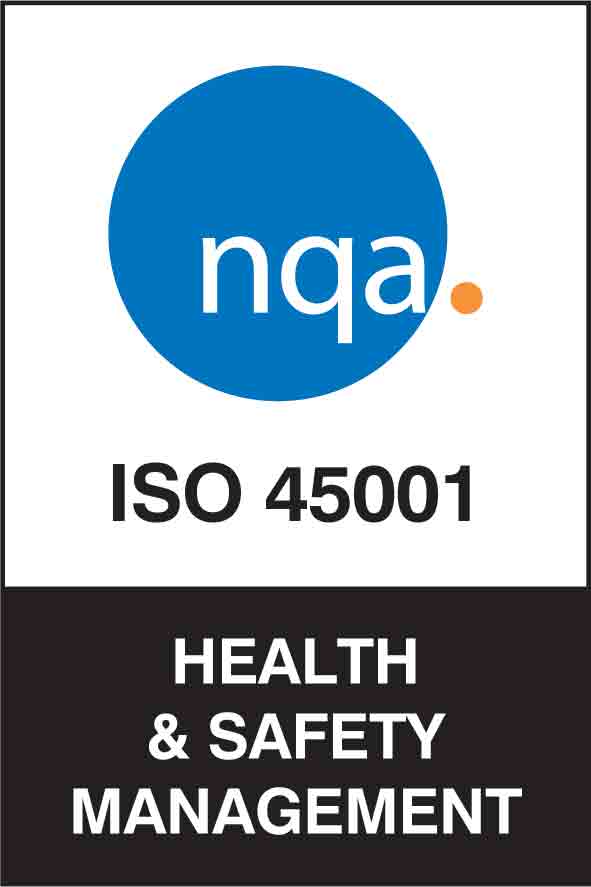BLOG
What the Handforth Parish Council meeting taught us about virtual communication

Though the world of work has turned on its head over the past year, many day-to-day processes remain unobstructed. In fact, a consensus is forming that key metrics such as productivity and wellbeing have seen notable upturns since the switch to remote working.
Unfortunately, the same cannot be said of communication. This is an aspect of workplace culture that will always fall foul to the friction of working in a remote team, with tools such as Teams and Slack failing to replicate the collaborative intimacy of co-located working.
Though merely an internet meme to most, the now notorious Handforth Parish Council Zoom meeting serves as a neat microcosm of this. Whilst serving up chaos and hysteria in equal measure, the incident reminded us all that if handled poorly, virtual meetings can descend into chaos in the blink of an eye.
With this in mind, we’ve compiled some top-line analysis of how communication has changed, how this can affect businesses, and what leaders can do to remedy the situation.
The importance of communication and how it has changed
Even on the most basic level, communication thrives in a physical environment. To this day, psychologist Albert Mehrabian’s ‘7-38-55’ rule still stands as the primary bastion of this principle: namely, that just 7% of communication is verbal, with facial expressions and hand gestures making up the remainder.
On this basis, the potential detriment of remote working is clear. There’s a key human touch that is lost, and this can have a profound impact on virtual meetings.
What’s more, and as is so often the case in the world of business, technology can also be responsible for a certain degree of friction. In fact, this is arguably why the council meeting got so out of hand. Symptoms such as poor internet connections and audio delays can make vital information more difficult to relay, and disputes more difficult to diffuse.
And it’s not just the nature of the communication that has changed; for many organisations, the approach to meetings now looks very different. Across the world of business, the go-to response has been to compensate for the lack of in-person interaction by dramatically increasing the frequency and length of meetings, due to fear of company culture being damaged by the transition to remote working.
Though this is a worthy endeavour in some respects, it can be argued that a better middle-ground needs to be struck. In many cases, culture is being favoured, with the trade-off being a more laissez-faire approach to time management.
Needless to say, nearly a year down the line, so-called ‘Zoom fatigue’ is beginning to set in.
Though minor details on the surface, these points could prove to be critical when it comes to organisational health. Numerous studies have now proven the effectiveness of a clear and effective communication strategy, with one finding that 62% of the emails received are not important.
It is unbeknownst to few how damaging this lack of clarity and overabundance of communication can be for engagement and productivity – something that could prove even more detrimental as businesses continue to navigate the effects of the pandemic.
Related Content
Do you need support?
Speak to us for an honest, no obligation chat on:
0345 226 8393 Lines are open 9am – 5pm
What leaders can do to remedy remote-working communication issues
With remote working expected to persist for the majority of 2021 – and in many cases permanently – the time is still nigh for HR professionals to refine communication strategies and meeting structures, particularly in the wake of the chaotic Handforth incident.
Firstly, all leaders and managers should be reminded that employees’ time is precious – especially now, as many industries are booming and many organisations are working with reduced team sizes. For this reason, meetings should be planned with a greater degree of care and attention.
This primarily comes down to frequency and length. As previously mentioned, businesses are attempting to compensate for the change in dynamic by ramping up communication efforts, but this can quickly lead to frustration, Zoom fatigue and ultimately a dip in productivity as employees struggle to find a moment within back-to-back meetings to tackle the day’s tasks. Ironically, these are the exact opposite outcomes to what business leaders intend to achieve by turning up the communications dial.

Leaders can remedy this by simply narrowing the focus. We recommend:
- Setting a precise agenda for each meeting so that attendees know what to expect, and so the meeting remains concise and focused;
- Considering which meetings are essential for business continuity and culture, and scrapping those that aren’t;
- Reviewing any recurring meetings you have in the diary to see whether they bring any real benefit or whether they can be less frequent or cancelled altogether;
- Considering which employees are critically required for which meetings, and making the invites optional for those who aren’t; and
- Finding other ways to keep people working collaboratively without the need for meetings, such as shared project management and workflow boards (though keep these to a minimum so they are genuinely helpful any easy to manage, rather than just creating more admin).
Ultimately, every minute spent in an unnecessary meeting is one minute less spent on essential projects. In fact, Harvard Business Review examined this issue in a recent survey of 200 senior executives, and just 17% reported that their meetings are generally productive uses of group and individual time.
A similar approach can apply to digital correspondence. Most will be aware that, especially since the pandemic, employees are often bombarded with emails and a seemingly endless string of collaborative documents, many of which are not strictly relevant and serve as mere distractions from the task at hand.
Leaders should take it upon themselves to refine their approach to this in the same way they would with meetings. Strip it back to the bare essentials, allowing remote employees to focus and achieve the greatest level of productivity possible. Once again, this will inevitably translate to overall organisational success further down the line.
Homeworking challenges?
From underperforming staff and communication breakdowns to homeworking risk assessments and stress, the switch to remote working has created new obstacles for employers to contend with.
For advice on overcoming workforce issues and continuing to meet your legal obligations, call 0345 226 8393 or request your free consultation using the button below.
Sign up for the latest news & insights
Resources
Latest News & Insights

Top 5 performance management mistakes to avoid
BLOG Written by Kyle Williams on 23 December 2024 Poor performance can significantly impact an organisation, undermining efficiency, morale, and overall success. Effective performance management

5 key recruitment trends from 2024
BLOG Written by Danielle Fargnoli on 12 December 2024 As 2024 winds down and recruitment slows ahead of the festive season, it’s a perfect time

How Labour’s plans for unfair dismissal will impact performance management
BLOG Written by Alice Brackenridge on 9 December 2024 The Labour government’s anticipated changes to employment law are potentially poised to significantly alter how organisations

Employment status | Bolt drivers case highlights the dangers of treating workers as self-employed
BLOG Written by Chloe Kamutikaoma on 9 December 2024 The issue of employment status has long been a grey area, particularly for workers in the

Redundancy reforms | Labour’s plans to change collective consultation requirements
BLOG Written by Alex Holmes on 2 December 2024 The media has been awash with coverage of Labour’s ‘Plan to Make Work Pay’ since the

School VAT changes | Navigating the HR and employment law implications
BLOG Written by Jane Hallas on 25 November 2024 With 20% VAT set to be added to private school fees from 1 January 2025, removing

HSE statistics 2023/24 | A mixed picture of progress and challenges in workplace safety and health
BLOG Written on 20 November 2024 The Health and Safety Executive (HSE) has released its annual summary statistics for 2023/24, providing fresh insight into the

NICs and zero-hour contracts | How to ready your hospitality business for employment reforms
BLOG Written by Jane Hallas on 19 November 2024 The hospitality sector is facing significant challenges following the recent Autumn Budget. The rise in employers’

Understanding the right to disconnect | What UK school leaders need to know
BLOG Written by Jane Hallas on 18 November 2024 In recent years, the “right to disconnect” concept has gained significant attention across various sectors, including








